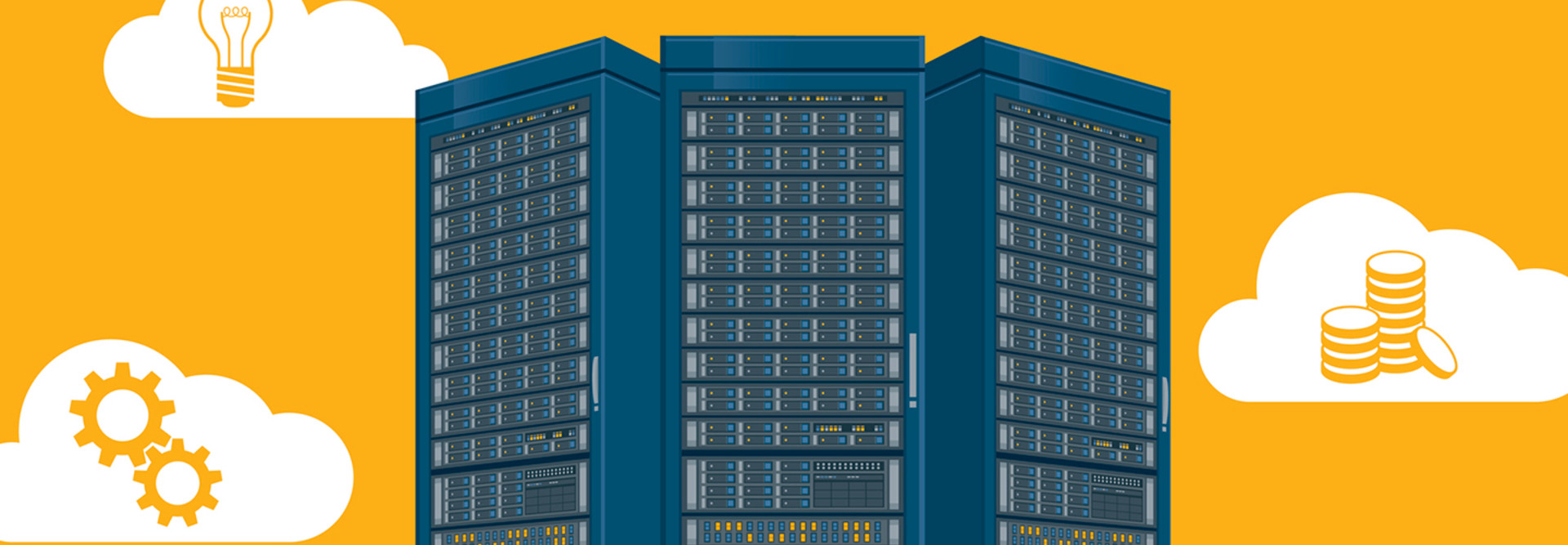Hybrid Cloud Boosts Enterprise Agility for State and Local Governments
As recently as 2016, some state and local governments were quite cautious about taking a hybrid cloud approach using both private and public cloud technologies.
That has started to change. That same year, Texas’s Department of Information Resources launched its cloud services marketplace, making it the first state in the country to do so. The marketplace basically allows state agencies in Texas to purchase and deploy public cloud resources from the state.
The benefits of cloud technologies, such as Infrastructure as a Service, have long been apparent. More agencies are now becoming comfortable with hybrid cloud models, which, analysts say, allow them to maintain security for mission-critical applications and remain compliant with regulations on data protection, while at the same time giving them the elasticity and management of public clouds.
In general, governments are spending roughly as much on cloud technologies as the private sector, and cloud is an area in which agencies plan to increase IT investment. Gartner expects double-digit growth in government use of public cloud services, with spending forecast to grow 17.1 percent on average per year through 2021. Across all industries, companies spend an average of 20.4 percent of their IT budgets on cloud, according to the research firm, compared with 20.6 percent for local governments.
Separate Gartner research, from its 2018 CIO Agenda Survey, which included responses from 461 government CIOs, revealed cloud services and solutions as the top technology CIOs plan to invest in.
State and local government agencies are increasingly realizing that private clouds alone cannot deliver them the enterprise agility they need. “Public cloud is much more agile than private cloud any day of the week,” says Sid Nag, a research director in the technology and service provider research domain at Gartner. “Public cloud providers are doing it at scale. For anyone to compete from a technology perspective, it is going to be difficult.”
Why State and Local Governments Use Hybrid Cloud
Chris Dixon, senior manager for state and local industry analysis at Deltek, previously told StateTech that hybrid clouds are intended to mitigate “a certain real or perceived risk” of a purely public cloud deployment.
“The need for an on-premises security blanket is likely the number one driver of hybrid cloud strategy in the state, local and education space,” he said. “Governments have many of the same technical and business requirements to balance on- and off-premises computing as would any other organization. But governments have much more fragmented accountability, which leads to lots of turf conflict.”
Nag notes that state and local governments “do a fair amount of application rationalization” to determine which apps to move to the public cloud. Higher-risk apps, or ones that deal with sensitive government information, tend to stay on private clouds.
Agencies choose hybrid models because they want they attributes of private clouds, but also the multitenancy and application programming interface-driven consumption model of public clouds.
Yet they maintain private clouds because public cloud providers may not be compliant with all of the rules and regulations they must follow, Nag says, which would be an issue if the government was audited.
How State and Local Governments Use Hybrid Cloud
Many state and local governments have taken a hybrid approach in recent years.
For example, as StateTech has reported, Ohio consolidated 30 data centers into one private cloud as part of a larger IT transformation strategy. Meanwhile, the Buckeye State migrated apps into the public cloud, using it for more than a dozen programs, including productivity software and help desk tasks.
Spencer Wood, chief operations officer and the deputy state CIO for Ohio, told StateTech there were three main reasons the state adopted a hybrid approach. “It was a pretty easy decision for us because we were able to bundle everything together, drive our costs down and at the same time hopefully improve our security overall,” he said. “Just enough governance, just enough management, just enough cost savings. It really is kind of like Goldilocks. We don’t want the porridge to be too hot. We don’t want it to be too cold. We want it to be right there in the middle.”
In the Detroit suburb of Oakland County, Mich., officials used a hybrid cloud model to cut the cost and complexity of online payment systems and software procurements, StateTech has reported.
The county’s G2G Cloud offers e-commerce technology for cities and towns via a private cloud, and more than 60 municipalities within the county, and a similar number in other parts of the state, use the service, says Phil Bertolini, the county’s CIO.
“E-commerce is difficult for local government to implement because of PCI and other regulations,” he says. “So, we provide everything they need for their citizens — shopping carts, the payment engine and the supporting infrastructure.”
The county built its public sector portal with solutions including Microsoft SQL Server, Microsoft SharePoint, NetApp storage and more.
How Hybrid Cloud Increases Agencies’ Enterprise Agility and Flexibility
Private clouds are generally more expensive than public cloud services, Nag says, and he contends that many state and local government private clouds are likely not on-premises instantiations but hosted private clouds.
Public clouds allow agencies to offload the management of many apps.
“I think, in general, we’re seeing smaller organizations, whether it’s government or smaller entities, moving to the cloud because they don’t want to build the skills to manage these applications,” Nag says, adding that many apps are becoming deployed via Software as a Service. “Many independent software vendors have products at these state and local governments that are being more and more SaaS-ified. Oracle and Microsoft are encouraging clients to move to the cloud.”
Hybrid cloud models mean that agencies need to maintain two systems, Nag says, and they way want to use a managed services provider to help them navigate the management of two domains, boosting their enterprise agility.
Still, by blending a public cloud with a private cloud model, agencies can actually increase their data security, Nag contends. “The public cloud is more secure than any on-premises environment,” he says, noting that public cloud providers can devote staff and resources to application and data security, and that security features are built into their cloud services, not bolted on.
“We may be approaching a time when government organizations re-evaluate how they’re using the cloud,” Charles King, principal analyst at market research firm Pund-IT, previously told StateTech.
The shift to include public cloud along with private cloud also can enable agencies to adopt new, innovative technologies. “The Internet of Things, advanced analytics and other efforts require substantial investments and considerable in-house IT skills,” King said. “That could make related services from cloud providers extremely attractive.”









